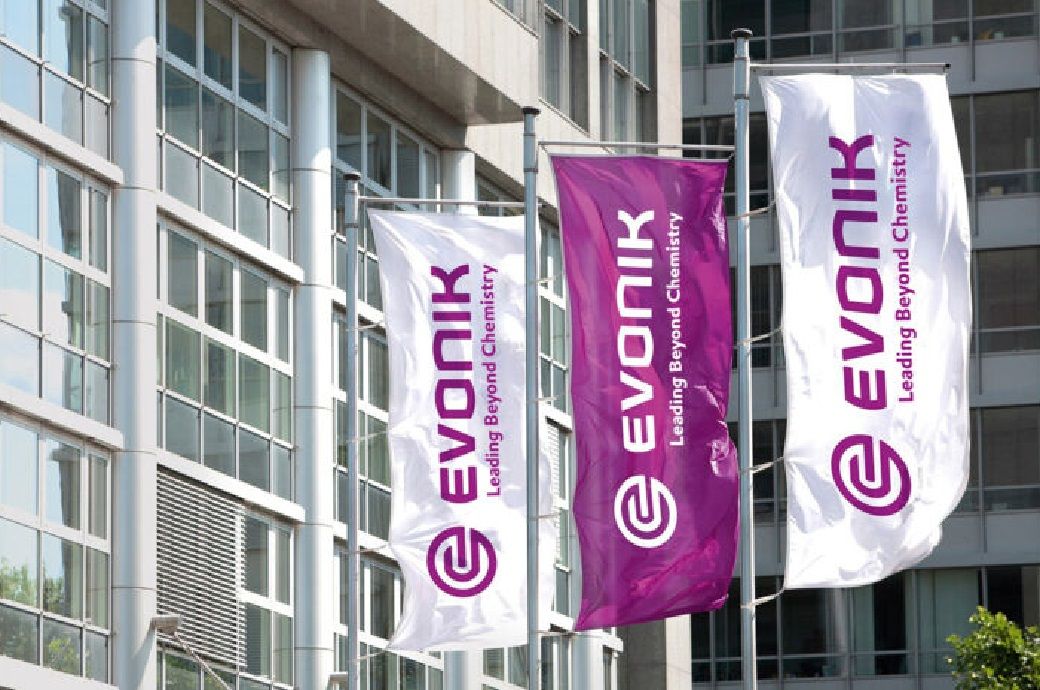
Evonik has launched a highly sustainable new catalyst product, Octamax, that improves sulfur removal performance for refinery fuel. The technology consists of uniquely selected NiMo and CoMo catalysts regenerated and enhanced at optimal conditions for use in cracked gasoline hydrodesulfurization (HDS) units.
The cost-effective solution from Evonik maximizes sulfur removal and improves octane level retention to meet current gasoline pool requirements, extending the business line’s sustainable catalyst offerings within refinery applications.
“Refiners face a complex balance of commercial viability in a competitive market, while remaining environmentally conscious. At Evonik, we are committed to creating sustainable, value-added catalytic processes and solutions for our customers,” says John Kennedy, Evonik Catalysts vice president and general manager of the Americas region.
He added, “We look forward to better serving refiners with our extended catalyst expertise and product offerings, now across a greater range of refinery applications. The launch of Octamax is a great example of our commitment to Next Generation solutions at Evonik, that also helps customers improve their bottom line.”
Octamax reduces potential landfill waste by regenerating spent catalysts that can be re-used. This reduces reliance on fresh catalysts, helping to save valuable raw materials – and supporting refineries’ sustainability efforts.
Jignesh Fifadara, global director of HPC Catalysts at Evonik Catalysts and responsible for sustainability issues in this field, says: “The worldwide push for lower sulfur content in gasoline is putting refiners under pressure to comply with new limits. They are being challenged to find new ways to optimize performance and profitability, while operating units at higher severity.
“Octamax presents a high-performance and cost-effective solution for Fluid Catalytic Cracking [FCC] gasoline post-treatment units, allowing refiners greater flexibility.”
The product offers equal or better octane selectivity to alternative fresh catalysts and allows refiners to lower sulfur in gasoline without impacting target cycle length.
Octamax can be used by refineries processing FCC Naphtha that are looking to maintain or improve octane levels, while producing ultra-low sulfur gasoline. Its application is also suitable for refineries looking to maximize sulfur credits, by taking advantage of improved catalyst HDS activity.
Fibre2Fashion News Desk (HU)